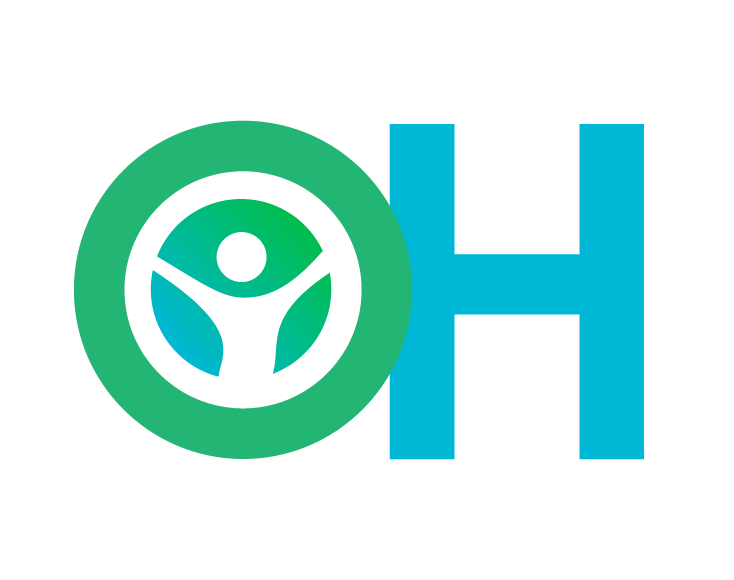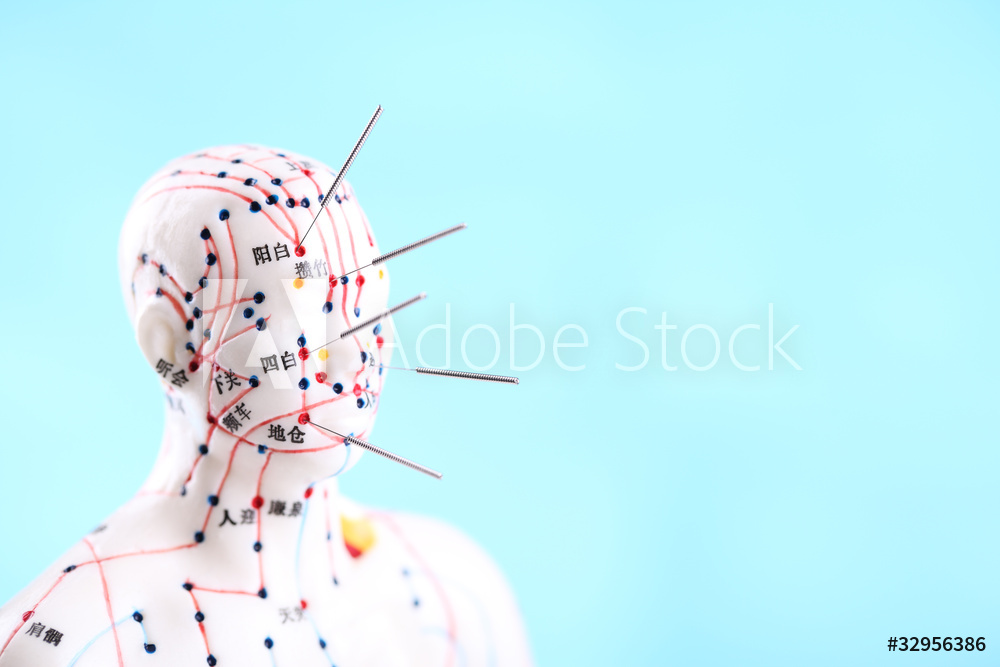Acupuncture
Acupuncture is the insertion of tiny hair-thin needles into precise acupuncture points along your body's energy pathways. This encourages your body to promote natural healing and to improve function.
How does it work?
According to Chinese medicine, blockage and disharmony result in disease. In simple terms, the energy and circulation of the body should flow without interruption and there should be a perfect balance between the yin (cold factor) and the yang (hot factor). A blockage can be envisioned as a traffic jam causing health issues and imbalance. The insertion of needles unblocks obstructions and helps regulate the imbalances.
Does it hurt?
Many people ask this question because our society traditionally imagines needles as the large hollow hypodermic needles that are used to draw blood. Acupuncture needles are super thin and about the size of a human hair. The slender needle produces little to no sensation. Many patients do not even feel the needle insertion, while others may feel a slight pinch or dull achy sensation.
Are there any side effects?
One advantage of acupuncture treatment is the absence of serious side effects, which may result from the use of prescription drugs. When properly performed, Acupuncture has almost no side effects. In rare conditions, you may experience minor bruising, muscle spasms, or feel faint. The needles are sterile and disposable, so there is no risk of infection.It is common to have a sensation of deep relaxation or even mild disorientation immediately following the treatment. You may also feel more tired after a treatment due to the detoxification effect of the treatment. All these pass quickly and disappear with some rest.
Does it actually work?
Acupuncture has been around for over 2,000 years. More people have been treated with Acupuncture than all other health modalities combined. In many countries, Acupuncture is entirely integrated with Western medicine in hospitals. In some Asian and African countries, 80% of the population depend on traditional medicine for primary health care. Acupuncture can be combined with other treatments done at the same time, such as conventional Western medicine, osteopathic or chiropractic adjustments, and homeopathic or naturopathic prescriptions.

